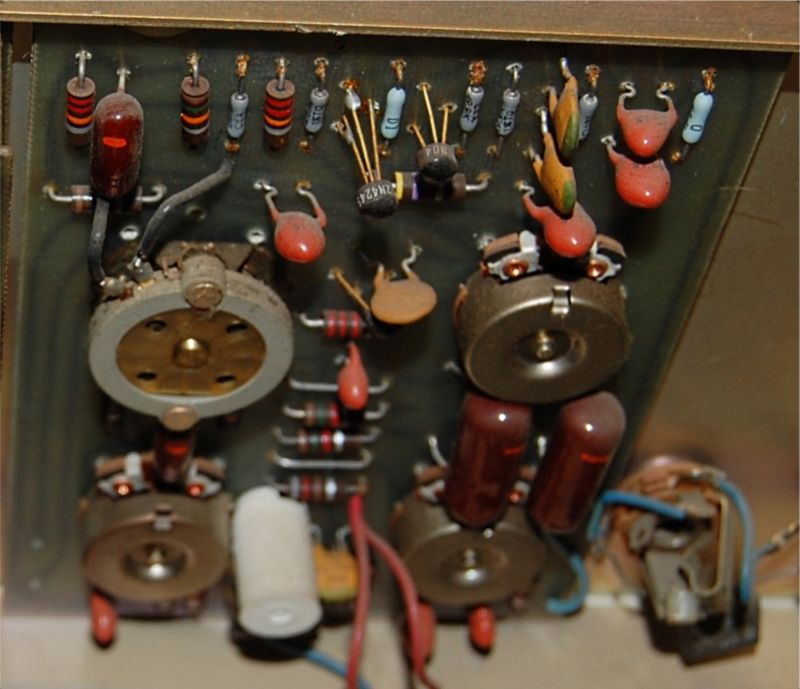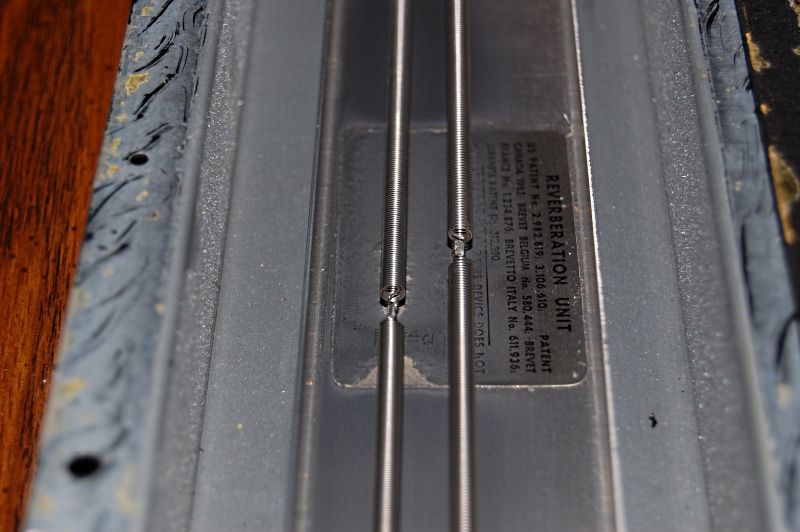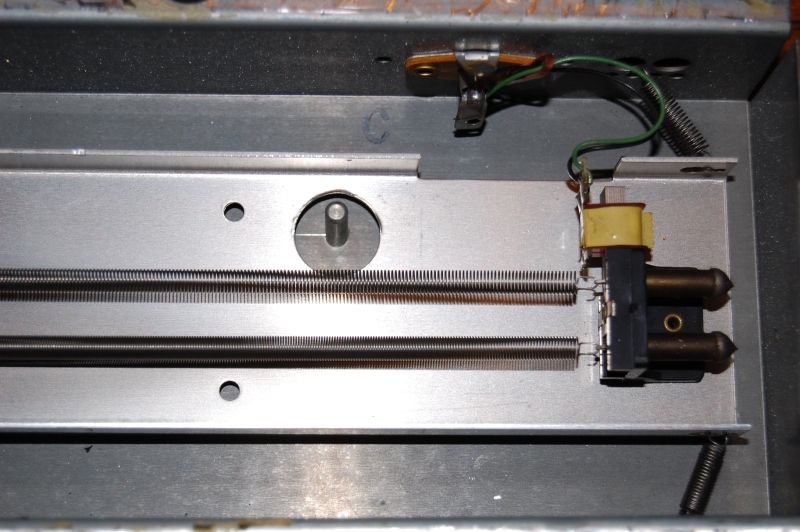Home » VintageKustom.com » Repairing Kustom Amps » Circuit board corrosion
|
Show:
Today's Messages
:: Show Polls
:: Message Navigator
|
   |
| ||||||||||||||
| ||||||||||||||
| ||||||||||||||
| ||||||||||||||
| ||||||||||||||
| ||||||||||||||
| ||||||||||||||
| ||||||||||||||
| ||||||||||||||
| ||||||||||||||
| ||||||||||||||
| ||||||||||||||
| ||||||||||||||
| ||||||||||||||
| ||||||||||||||
| ||||||||||||||
| ||||||||||||||
| ||||||||||||||
| ||||||||||||||
| ||||||||||||||
| ||||||||||||||
| ||||||||||||||
| ||||||||||||||
   |
| Previous Topic: | bad loud rumbling hum..... |
| Next Topic: | I'm looking for a suitable distortion pedal for My K100-2 |
-=] Back to Top [=-
Current Time: Tue Apr #d 20:32:00 EDT 2024
 Members
Members Search
Search Help
Help Register
Register Login
Login Home
Home










